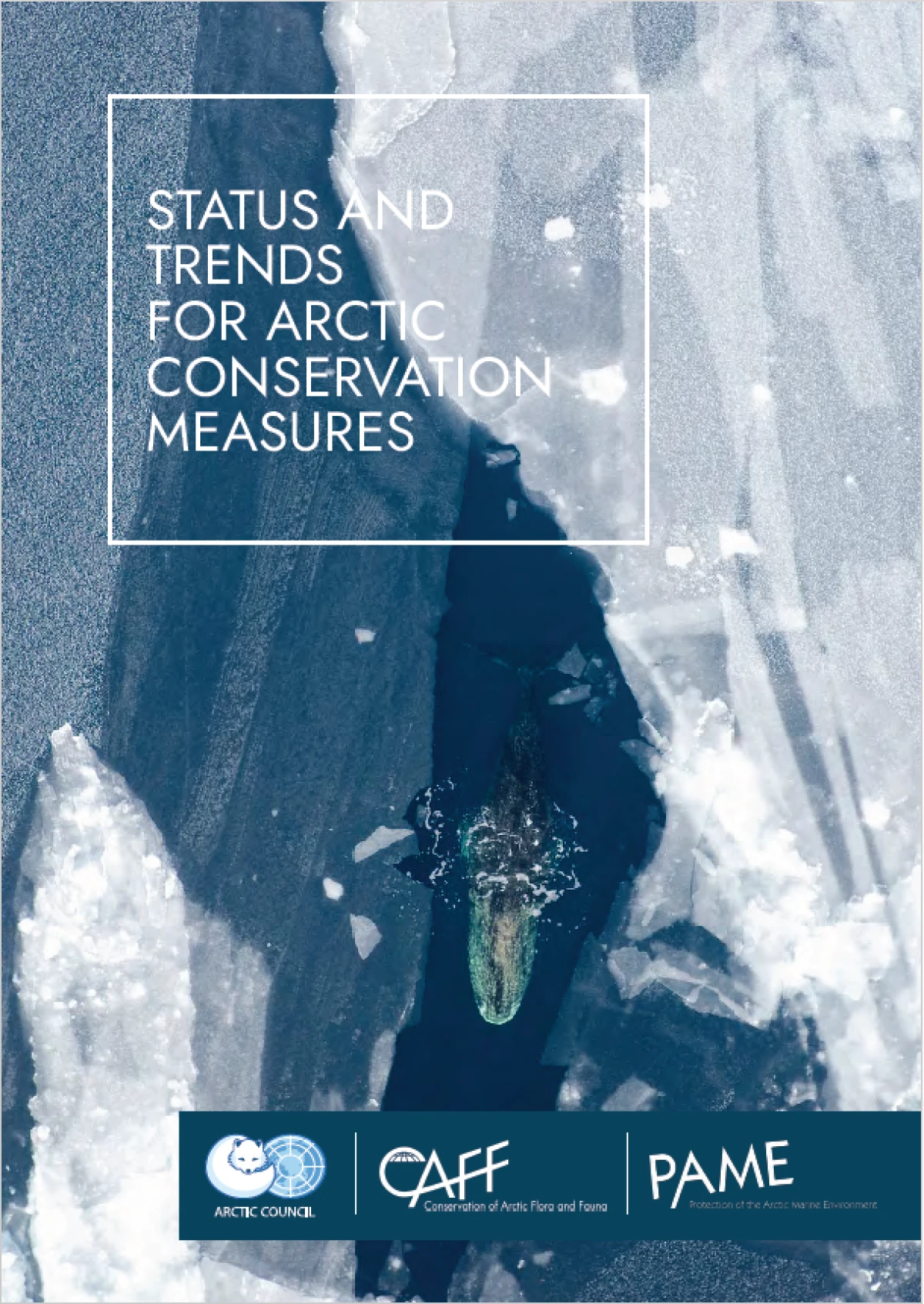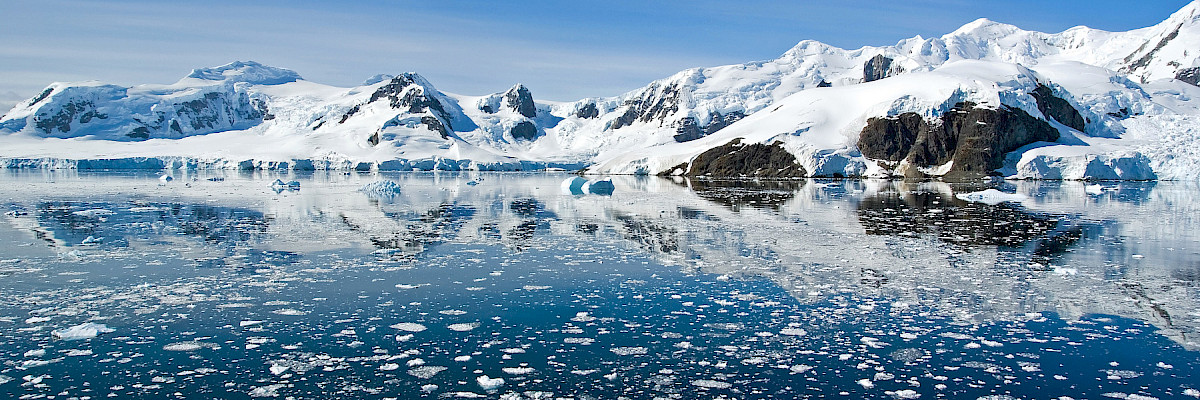
About Arctic MPA's
Marine Protected Area is a generic term that includes a variety of types of protected areas in the marine environment, some of which are known by other terms.
MPA: "A clearly defined geographical space recognized, dedicated, and managed, through legal or other effective means, to achieve the long-term conservation of nature with associated ecosystem services and cultural values."
As defined by the International Union for the Conservation of Nature / World Commission on Protected Areas (IUCN/WCPA), and as used in PAME's work.
Protected Area Categories
IUCN protected area management categories classify protected areas according to their management objectives. The categories are recognised by international bodies such as the United Nations and by many national governments as the global standard for defining and recording protected areas and as such are increasingly being incorporated into government legislation.
All Arctic States have legal and policy tools for designating and managing MPAs in the Arctic that offer flexibility with respect to level of protection and management regime. IUCN has developed categories in order to compare protected areas at a global scale, and guidelines for applying these categories.
The categories are:
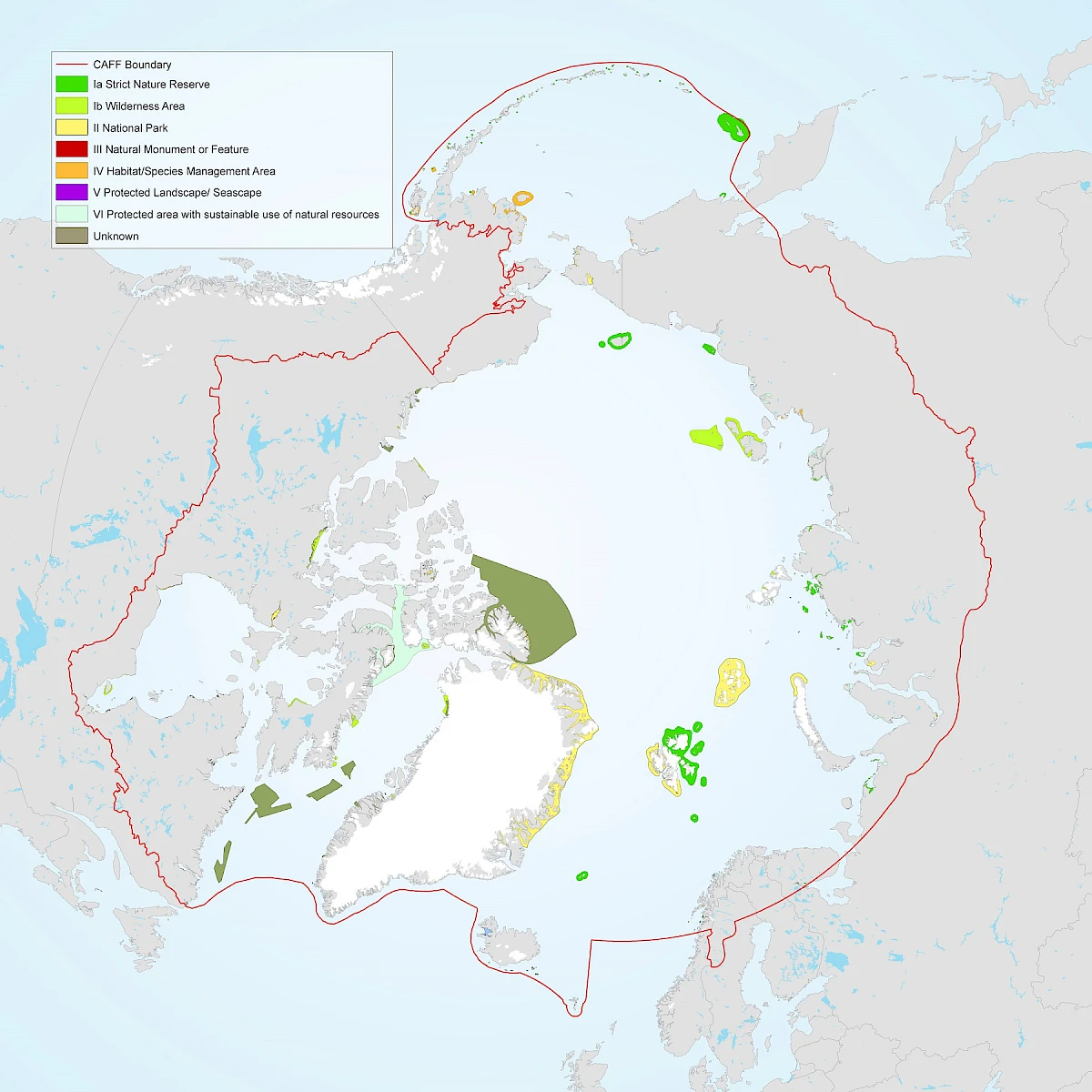
Ia Strict Nature Reserve
Category Ia are strictly protected areas set aside to protect biodiversity and also possibly geological/geomorphical features, where human visitation, use and impacts are strictly controlled and limited to ensure protection of the conservation values.
Ib Wilderness Area
Category Ib protected areas are usually large unmodified or slightly modified areas, retaining their natural character and influence without permanent or significant human habitation, which are protected and managed so as to preserve their natural condition.
II National Park
Category II protected areas are large natural or near natural areas set aside to protect large-scale ecological processes, along with the complement of species and ecosystems characteristic of the area, which also provide a foundation for environmentally and culturally compatible, spiritual, scientific, educational, recreational, and visitor opportunities.
III Natural Monument or Feature
Category III protected areas are set aside to protect a specific natural monument, which can be a landform, sea mount, submarine cavern, geological feature such as a cave or even a living feature such as an ancient grove. They are generally quite small protected areas and often have high visitor value.
IV Habitat/Species Management Area
Category IV protected areas aim to protect particular species or habitats and management reflects this priority. Many Category IV protected areas will need regular, active interventions to address the requirements of particular species or to maintain habitats, but this is not a requirement of the category.
V Protected Landscape/ Seascape
A protected area where the interaction of people and nature over time has produced an area of distinct character with significant, ecological, biological, cultural and scenic value: and where safeguarding the integrity of this interaction is vital to protecting and sustaining the area and its associated nature conservation and other values
VI Protected area with sustainable use of natural resources
Category VI protected areas conserve ecosystems and habitats together with associated cultural values and traditional natural resource management systems. They are generally large, with most of the area in a natural condition, where a proportion is under sustainable natural resource management and where low-level non-industrial use of natural resources compatible with nature conservation is seen as one of the main aims of the area.
PAME's MPA-Network Toolbox
P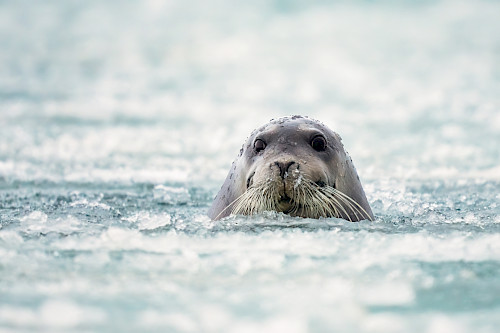 AME has produced multiple reports on MPA's under the umbrella of the MPA-Network Toolbox project.
AME has produced multiple reports on MPA's under the umbrella of the MPA-Network Toolbox project.
It started with PAME’s Framework for a Pan-Arctic Network of Marine Protected Areas (Arctic Council 2015) which called for the development of such a Network, recognizing that individual Arctic countries pursue MPA development based on their own authorities and priorities, and within the context of an ecosystem approach to management.
PAME’s “Toolbox” develops guidance to assist Arctic States in advancing their MPA networks by providing theory and tools that can be used to assess and protect the diversity of genes, species, populations, habitats, features, and ecosystems; their interactions and processes; and the ability to adapt to change. This guidance is intended to inform decision-makers, practitioners, Indigenous peoples, and stakeholders involved in developing MPA networks and ecosystem-based management in the marine Arctic.
Most Arctic states have established some MPAs, but are still in the early stages of filling gaps and connecting and managing MPAs as ecologically functional MPA networks (CAFF & PAME 2016). The project also intends to foster collaboration on MPA network development between Arctic countries, Permanent Participants, Arctic Council Working Groups, and the conservation and science communities.
PAME will continue to assess the need to update the Framework for a Pan-Arctic Network of MPAs based on international developments, including international best practices and previous Arctic Council initiatives, within the broader context of sustainable oceans management practices and climate change. The aim is to support the efforts of Arctic States to develop their MPA networks and chart a course for future collaborative planning, management, and actions for the conservation and protection of the Arctic marine environment. The PAME Marine Protected Areas (MPA) expert group will explore potential updates for consideration by the PAME working group to include:
- Potential linkages to the UN Decade of Ocean Science for Sustainable Development;
- Exploration of management tools; and,
- Convene a meeting of MPA managers from the Arctic to share approaches, opportunities and challenges, as well as contribute to revisiting of MPA Framework Document.
Expansion and refinement of the MPA-Network Toolbox
In 2021-2023 PAME will continue enhancing PAME’s work on a Pan-Arctic Network of Marine Protected Areas, taking into account any potential updates to the Framework for a Pan-Arctic Network of MPAs (2015) and the AMSP strategic action 7.2.10. This work will take into account outcomes from previous MPA workshops (4 workshops), the Modelling Arctic Oceanographic Connectivity study, updating exercise of the Framework for a Pan-Arctic Network of MPAs (2015) and work on other relevant projects from the 2021-2023 biennium.
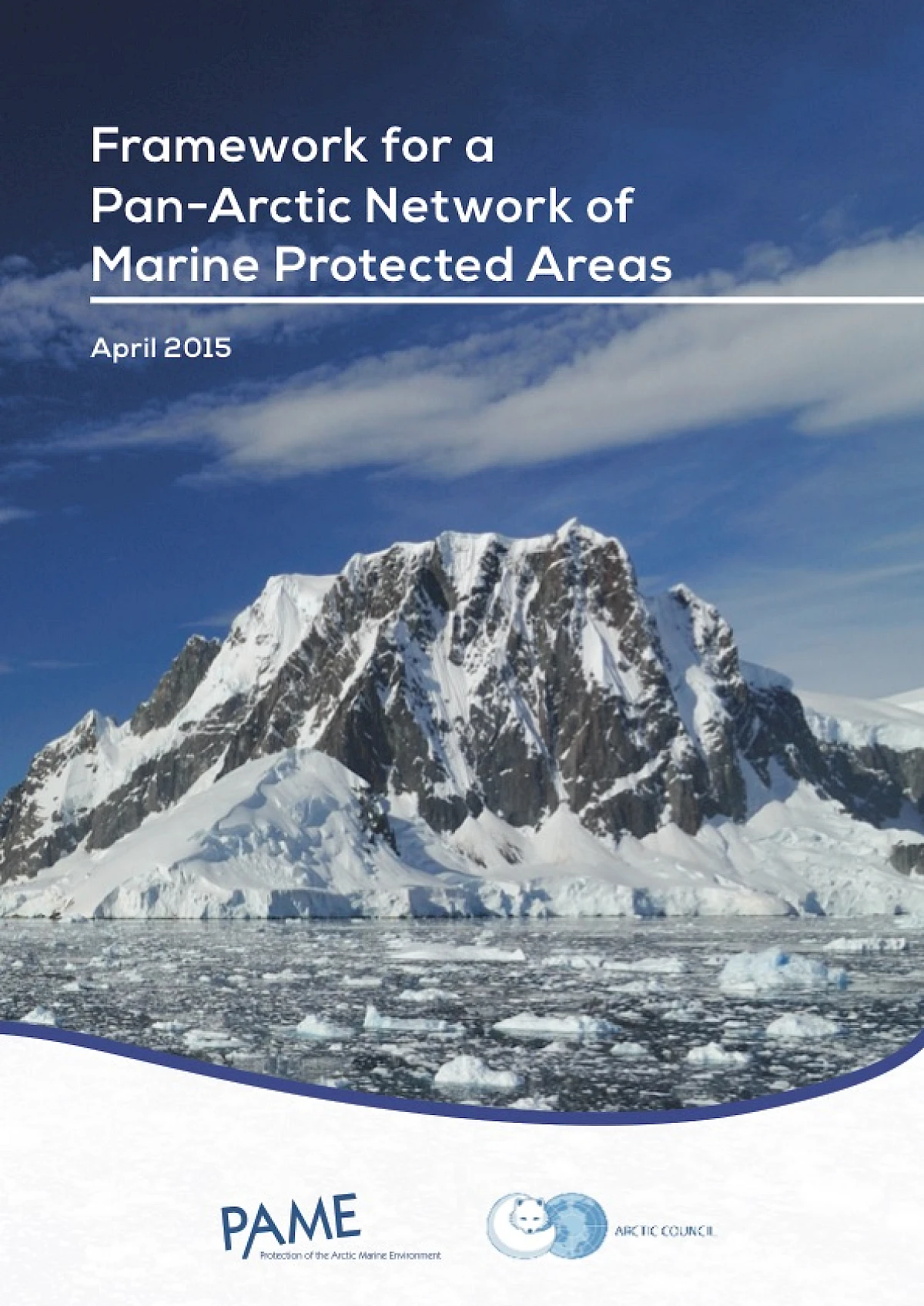
2015: Sets out a common vision for international cooperation in MPA network development and management, based on best practices and previous Arctic Council initiatives. This framework aims to inform the development of MPAs and networks of MPAs that are located within the national jurisdiction of Arctic States, and chart a course for future collaborative planning, management and actions for the conservation and protection of the Arctic marine environment.
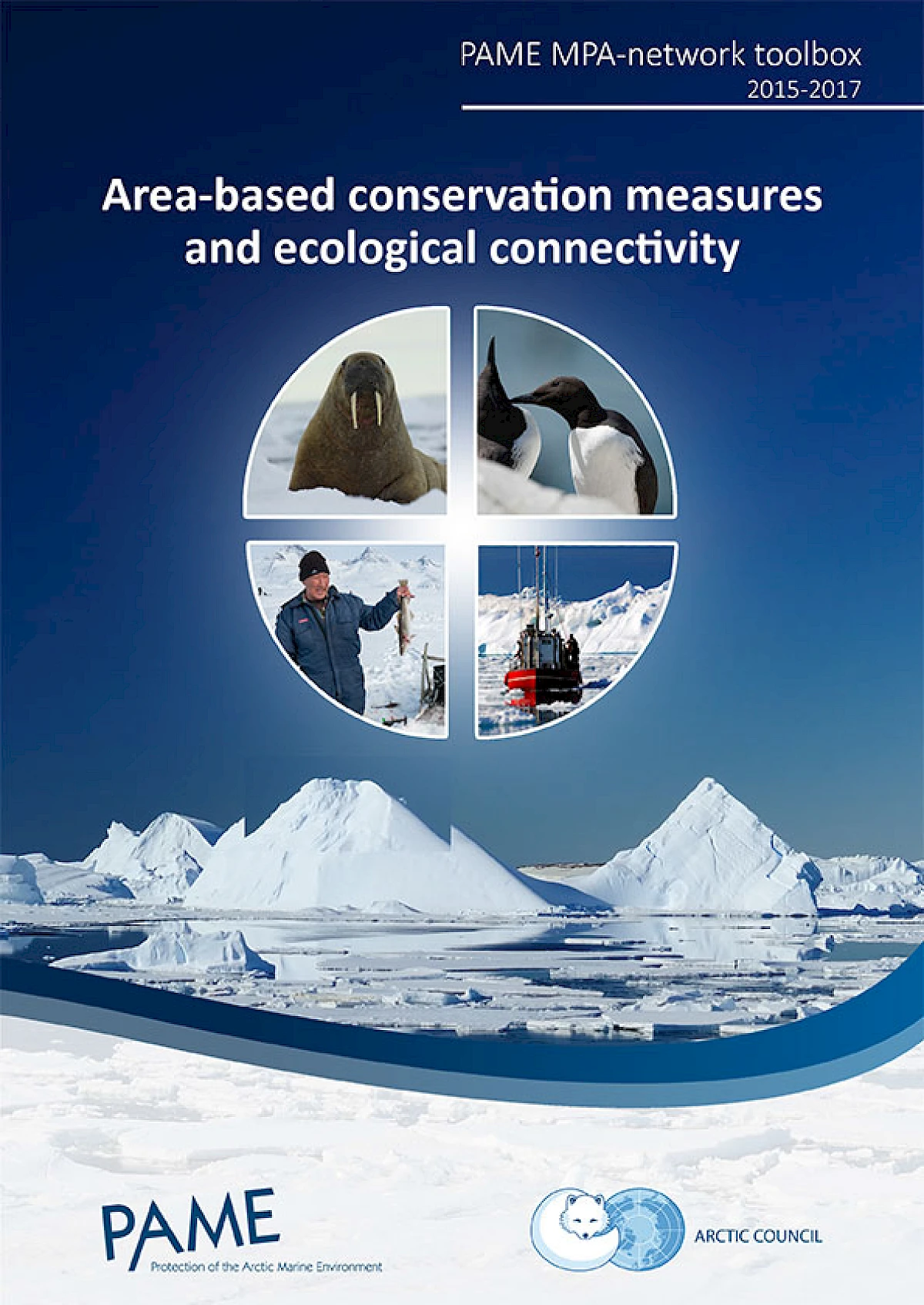
2017: Focuses on area-based conservation measures as tools for designing Arctic MPA networks, and the incorporation of connectivity, one of four common elements of efficient MPA networks, in network design.
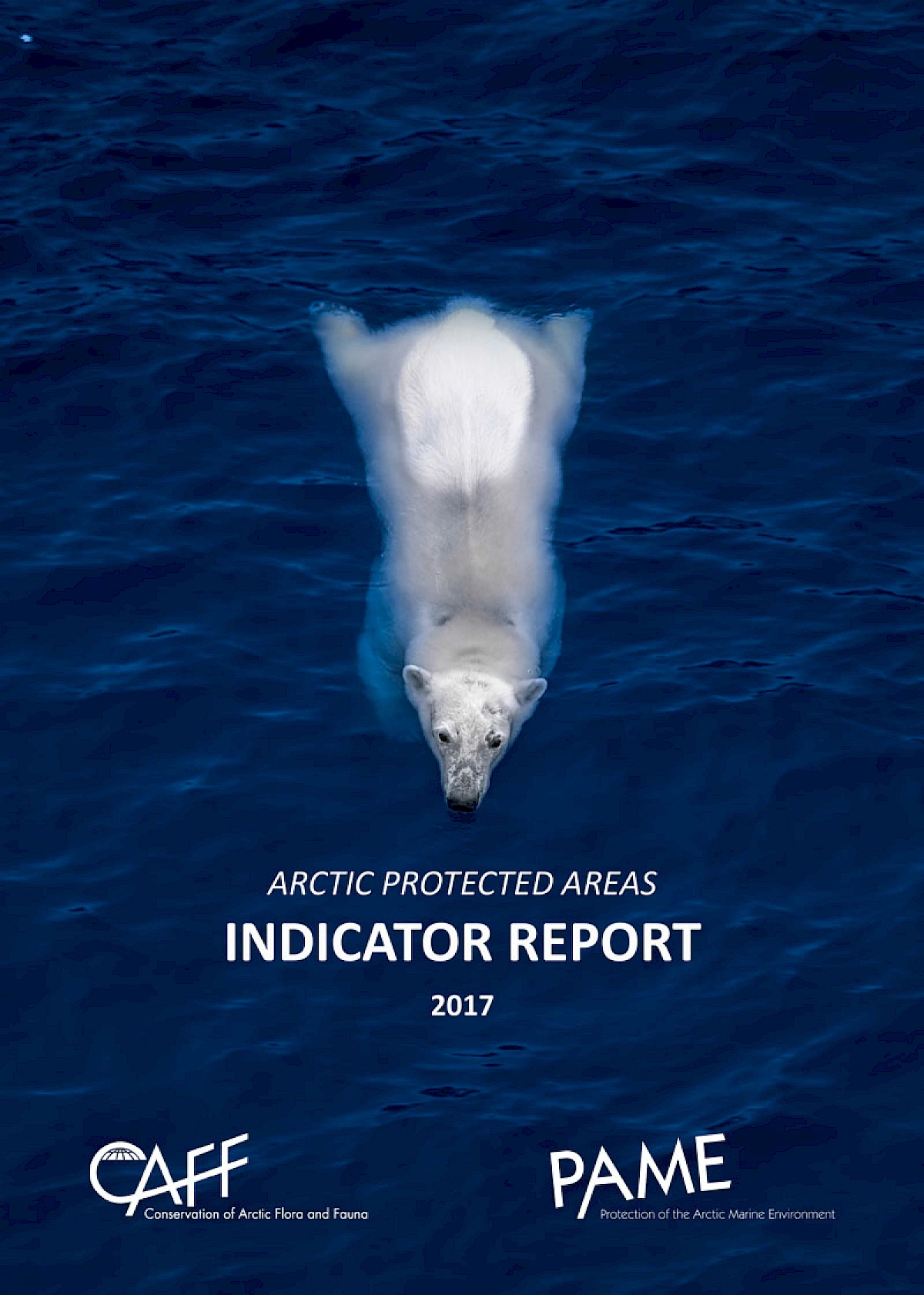
2017: Provides an overview of the status and trends of protected areas in the Arctic. The data used represents the results of the 2016 update to the Protected Areas Database submitted by each of the Arctic Council member states.
Lead Working Groups
PAMELead Arctic States & Permanent Participants
FinlandSweden
The United States
Engaged observers
Circumpolar Conservation Union (CCU)World Wide Fund for Nature, Arctic Programme (WWF)
 Arctic Council Working Group
Arctic Council Working Group 